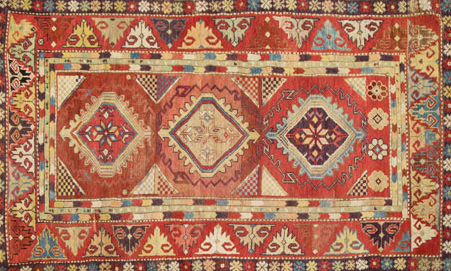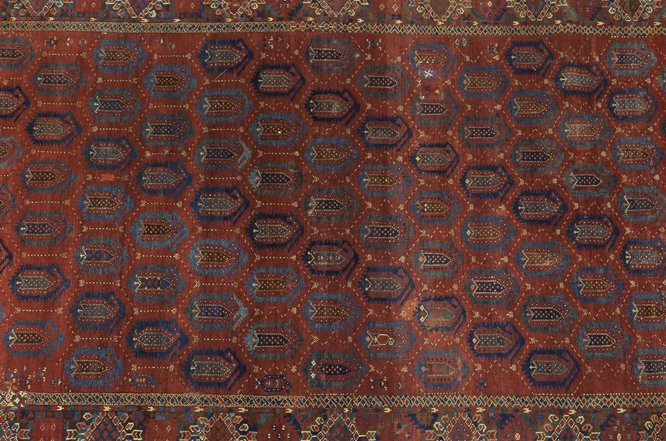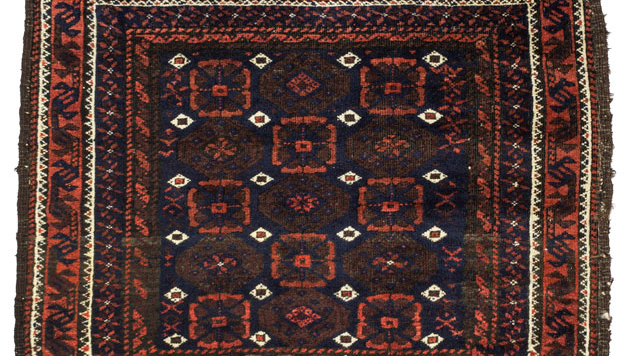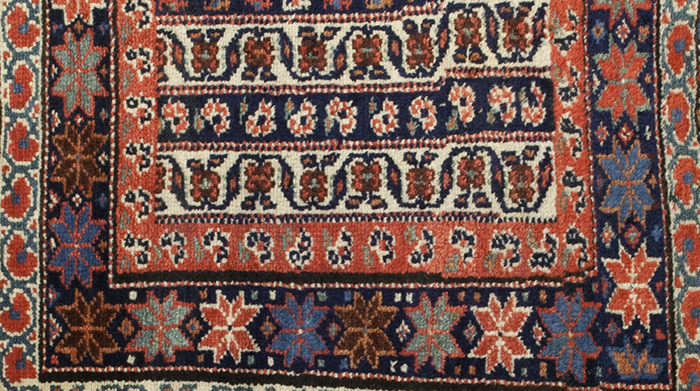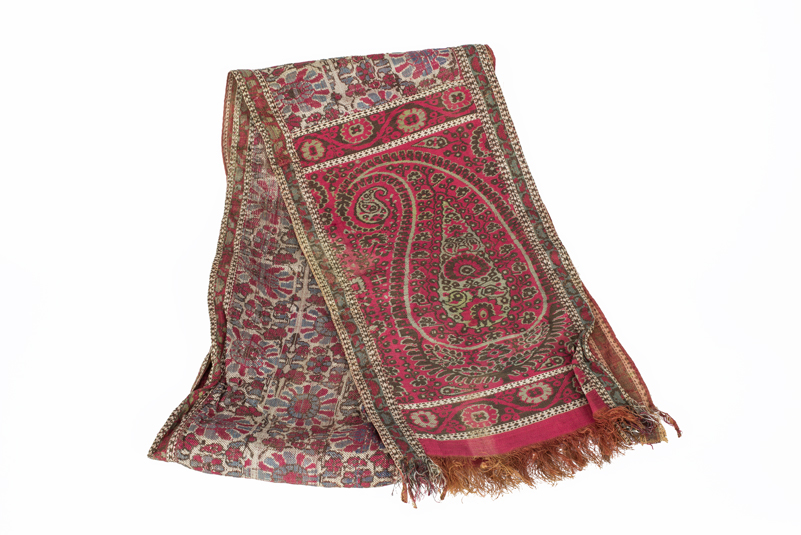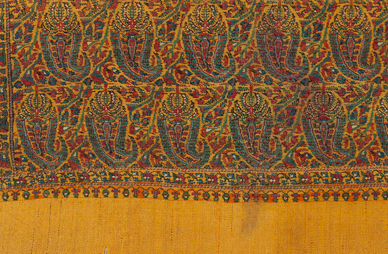Milas carpet
This carpet, made in Turkey circa 1900, represents a mystery for the Mount Holyoke College Art Museum, because no one knows how, or when, it came to the museum. It has been identified as a Milas carpet, suggesting it bears characteristics similar to other carpets produced in the district of …
